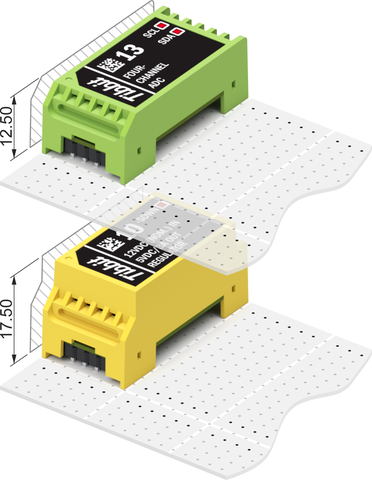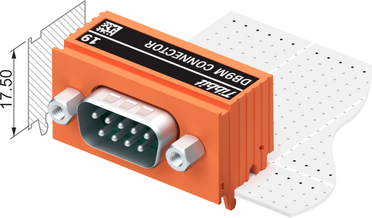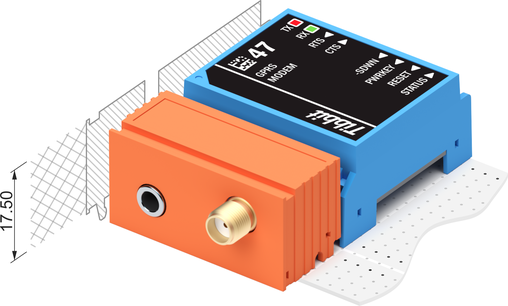M1 "Narrow" Tibbit Modules
M1 Tibbits are single-width modules occupying one Tibbo Module socket on a Tibbo Project PCB (TPP). Their footprint is roughly 7 x 14 "squares" (one "square" is 2.54 x 2.54 mm or 100 x 100 mil).
M1 devices have four I/O lines for interfacing with the outside world. We found four to be the magic number. It's just right for a wide variety of I/O functions.
M1s can be short (M1S) or tall (M1T). Most M1 devices fit into "short" 12.5mm shells, selected few are 17.5mm "tall."
Each M1 Module's color tells you if it is an...
ModuleOutput
ModuleInput/
OutputPower
SupplyDirect
I/O Lines


















